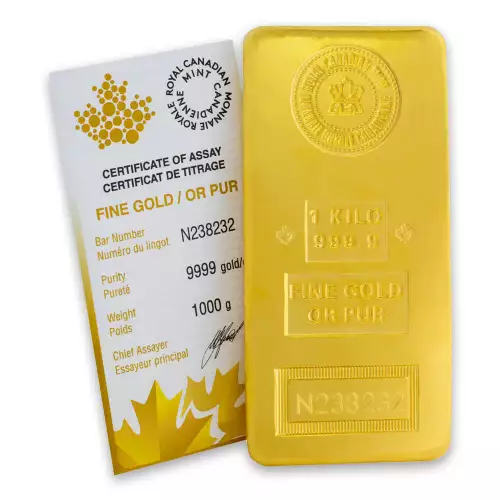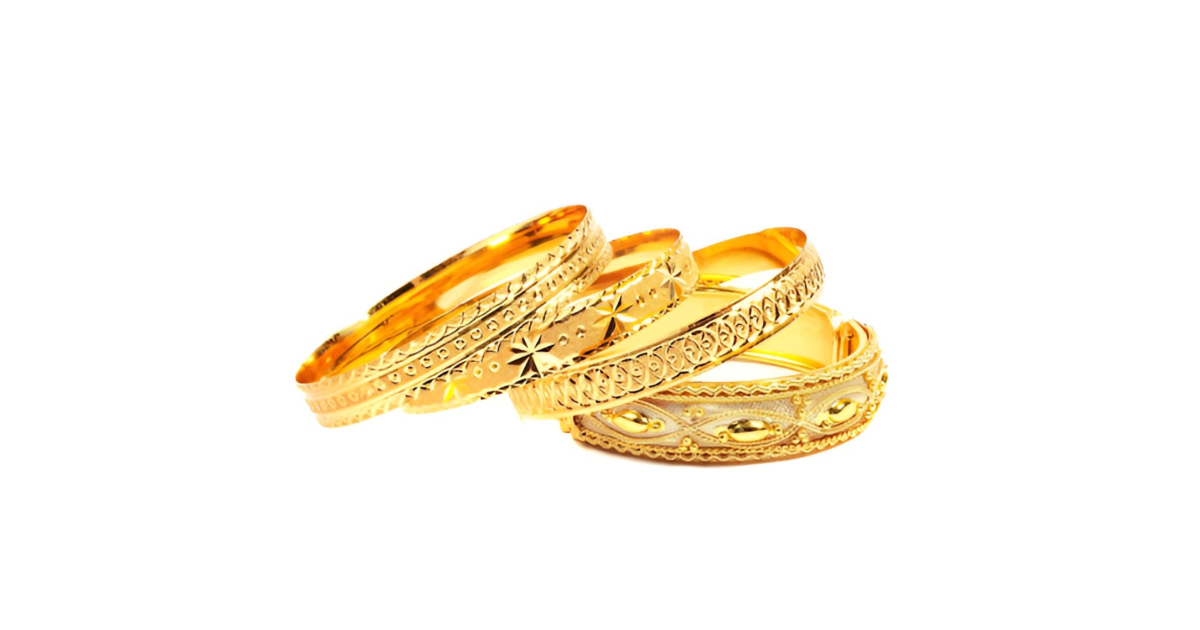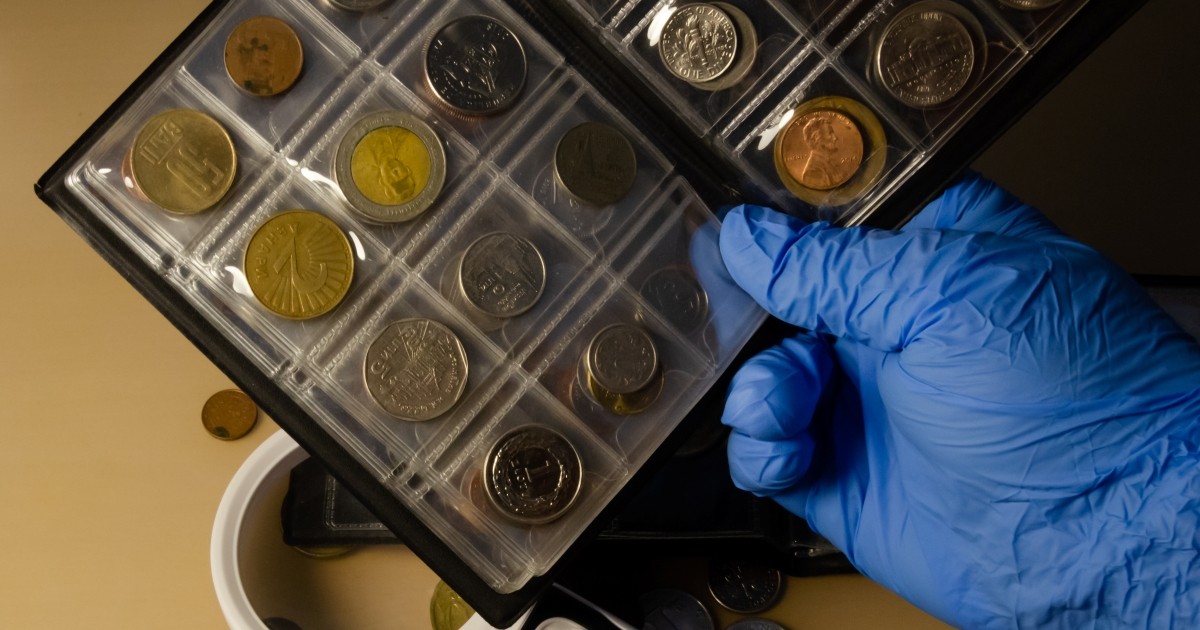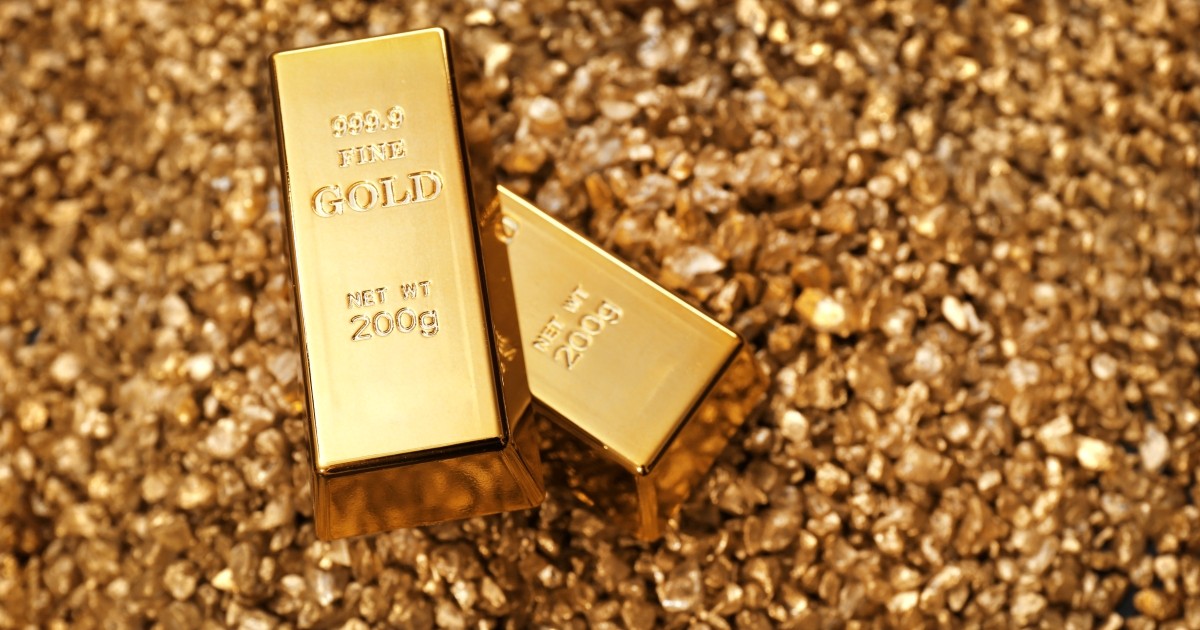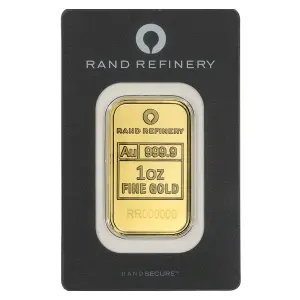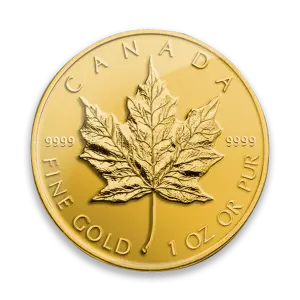
Holding a gold bar for the first time is an unmistakable experience. It feels warm, compact, and unexpectedly heavy. A quiet reminder that true value carries real weight. That physical density is part of what gives gold its enduring allure. Understanding gold bar weight, from a small 10-gram bar to a 400-ounce institutional bar, reveals not only the tangible beauty of the metal but also the remarkable density and intrinsic worth that have defined gold for centuries.
Understanding Gold Bar Weight: Grams, Ounces, and Pounds
Gold weight can be confusing at first. It’s not measured in the regular ounces we use for food or liquids; it's measured in troy ounces.
Here’s how it breaks down:
- 1 troy ounce = 31.1035 grams
- 1 regular ounce = 28.35 grams
- 1 pound = 16 regular ounces
- 1 pound ≈ 14.58 troy ounces
- 1 troy pound = 12 troy ounces
That’s why gold bars are always labeled in troy ounces; it keeps things accurate and consistent for traders and investors around the world. Every serious bullion dealer, including Pacific Precious Metals in California, sticks to that system because even a small discrepancy could mean hundreds or thousands of dollars’ difference.
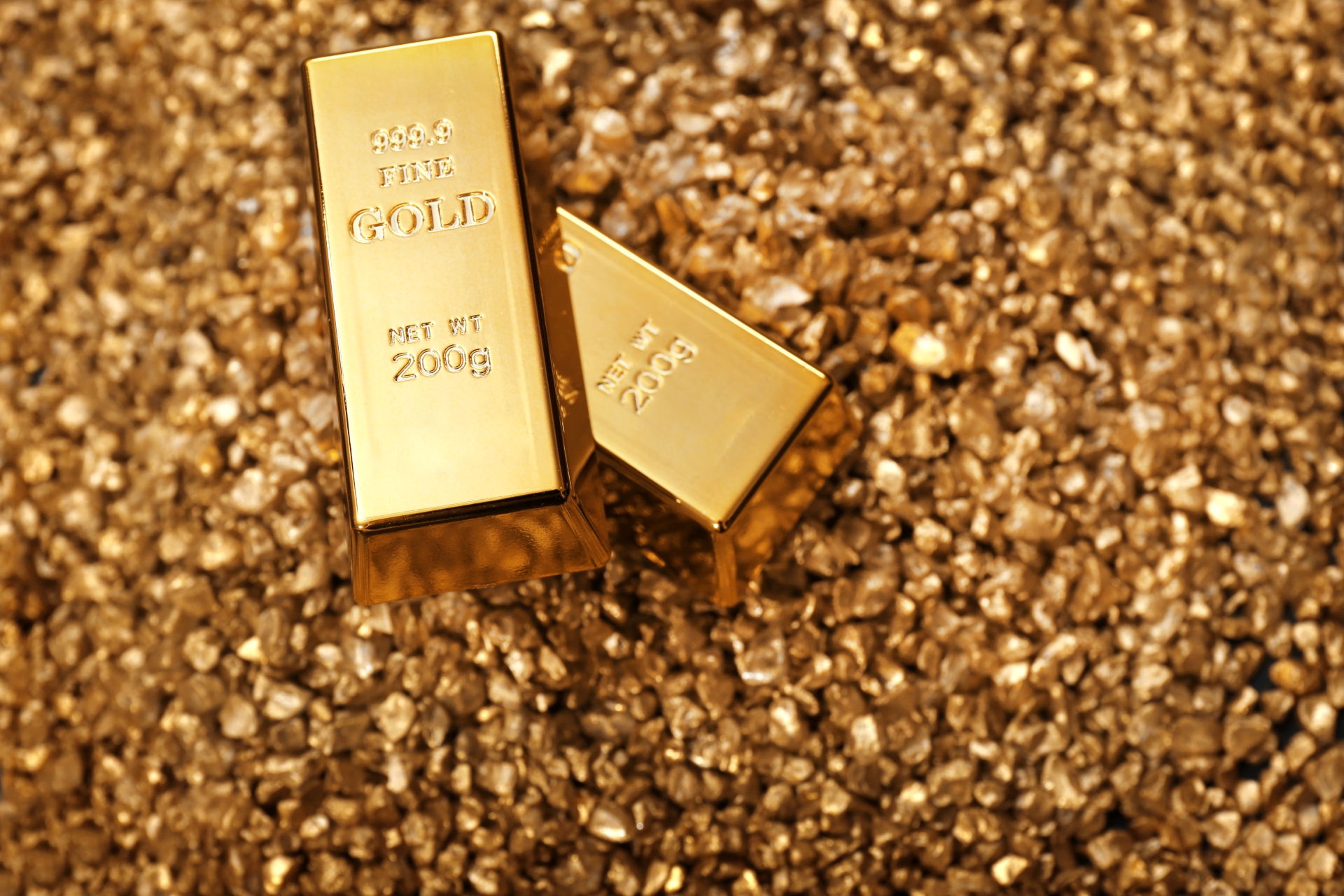
Common Gold Bar Sizes and Their Weight in Pounds
The truth is, most gold bars look smaller than you’d expect for their price tag. Here’s a quick look at how the most common sizes translate into pounds:
- 10-gram gold bar: About 0.022 pounds
- 1 oz bar: Roughly 0.069 pounds
- 100-gram bar: About 0.22 pounds
- 1 kilogram bar (32.15 oz): Approximately 2.2 pounds
- 400 oz “Good Delivery” bar: ~27.4 pounds.
It’s wild to think that a 400-ounce bar could easily fit in both hands, but it weighs as much as a small child. You can browse a range of these sizes on our gold bars.
The Density of Gold: Why It Feels Heavier Than It Looks
Now, here’s where it gets fascinating. Gold’s density is 19.32 grams per cubic centimeter, which makes it one of the densest natural elements on Earth. To put that into perspective:
- Gold is almost twice as dense as lead.
- A one-liter block of gold (about the size of a small water bottle) weighs roughly 42 pounds.
That’s why even a mini gold bar feels surprisingly heavy. The density of gold also helps experts to verify its originality; it is almost impossible to fake that kind of weight without the right metal composition.
If you’ve ever held gold, you know what I mean. It feels solid, unwavering, like it’s got its own gravity.
Institutional vs. Retail Gold Bars: How Weight Impacts Value
Not all gold bars are created for the same purpose. Retail bars range from 1 gram to 1 kilogram, and they’re perfect for individual investors or those building a personal collection.
Institutional bars, on the other hand, like the 400-ounce “Good Delivery” bars, are used by banks and governments. At a market price of around $2,500 per ounce, one of those 27-pound giants would be worth roughly $1 million.
Value comes down to a few main factors:
- The bar’s fine gold content (weight × purity)
- The current spot price
- Any minting or assay premiums
Together, these factors determine not just what a bar is worth on paper, but how easily it can be traded or liquidated in the real world, reminding investors that in gold, size influences both price and practicality.
Why Exact Gold Bar Weight Matters
When it comes to gold, precision is everything. Even a tiny deviation in weight can shift a bar’s total price. That’s why professional dealers use high-accuracy scales and XRF analyzers to confirm fine gold content before any sale or certification.
At Pacific Precious Metals, every bar we handle is verified to meet LBMA or COMEX standards, meaning it’s been tested for both weight and purity down to the fraction of a gram.

How to Choose the Right Gold Bar Weight for Your Goals
Honestly, the “right” gold bar depends on what you’re after.
- Small bars (1 g–10 g): Perfect for gifts, collectibles, or first-time investors testing the waters.
- Medium bars (1 oz–100 g): A nice balance, affordable, easy to trade, and simple to store.
- Large bars (1 kg and up): Best for long-term holding with the lowest premiums per ounce.
No matter what size you choose, the purity is always the same. It’s just the format and the way you plan to use or store it that changes.
If you’re unsure where to start, visit Pacific Precious Metals to compare weights and find the ideal gold bar for your portfolio.
Get Gold Bars From Pacific Precious Metals
So, how much does a gold bar weigh in pounds?
It depends on a tiny 10-gram bar that barely tips the scale to a 27-pound institutional bar that could buy a house.
Gold’s weight is part of its magic. That dense, almost stubborn heaviness is what gives it presence and value that’s endured for centuries.
If you’re curious about your own collection or just want to feel the difference gold’s density makes, explore our range of verified bars at Pacific Precious Metals and see for yourself.


